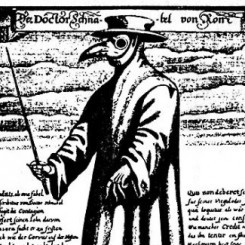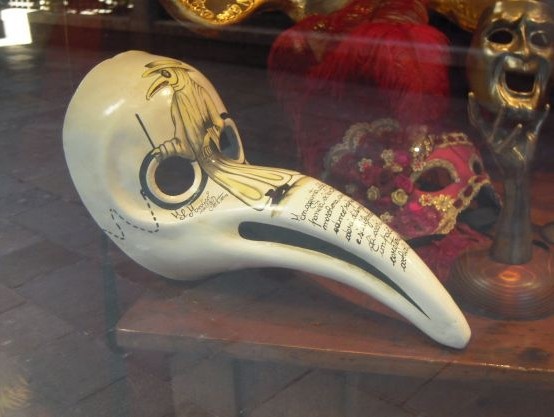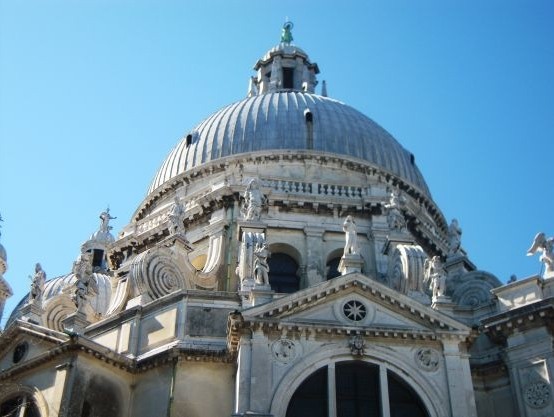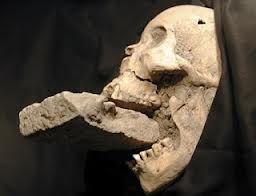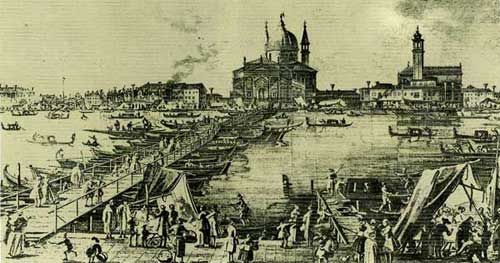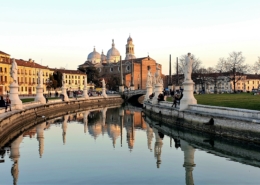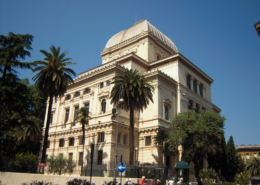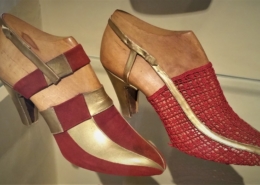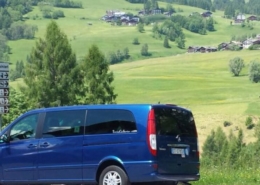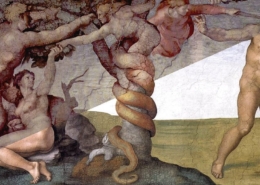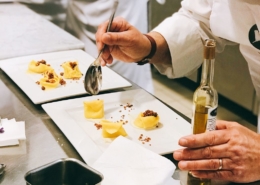Highlights of this tour
- Historical survey about the epidemics in Venice
- San Rocco Church The Salute Church Doctor of the Plague mask making atelier
- A walk back-streets into Dorsoduro & San Polo districts.
THE PLAGUE IN VENICE
The Plague in Venice is a history tour, away from the crowded streets.
The plague had been endemic in Asia for centuries, probably traveling both along the Silk Road and the common ship trading routes.
It is believed that the terrible sickness arrived in Europe on October 1347 – the first city to be infected was Messina, Sicily – brought by some Genoese merchant ships coming from the fortress of Kaffa, in Crimea. Here they had been besieged by the Tartars, who threw dead plague victims into the city, in the hope of infecting its inhabitants.
In January 1348 it had spread to Genoa and Venice, two major commercial ports on the Mediterranean.
By June 1348 the Black Death had reached nearly half Europe.
After the first outburst, which presumably killed more than half the population of Europe, it became endemic.
Venice, that lived out of international commerce, was at high risk. Between 1348 and 1509 the invisible enemy invaded the city and its territories 28 times!
The last epidemic touched Venice in 1630, and was tremendous.
Last plague in Europe was in Marseille 90 years later.
The Plague in Venice will examine how, notwithstanding the limited scientific knowledge of the time, the Venetian authorities, having recognized its infectious nature managed to limit its effects without interrupting the traditional trading activities.
During the 15th century, a complex system of sanitary cordons, hygienic regulations and quarantine measures was perfectioned and started to give its fruits.
Cost of this tour
- This tour lasts three hours and costs 330 euros up to six people (not per person), only private parties.
- For larger parties send us an email at info@walksinsideitaly.com
Dress Code and advice
- No shorts, no sleeveless garments.
- Knee high & short sleeves are ok
- A hat in summer and comfortable shoes or sandals!

